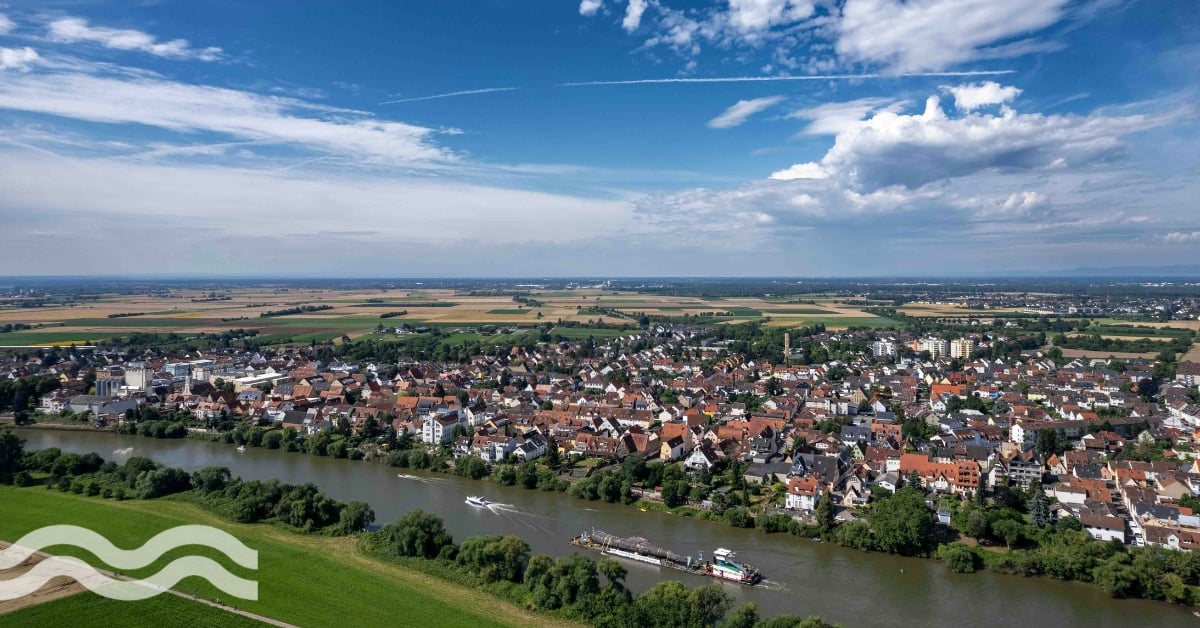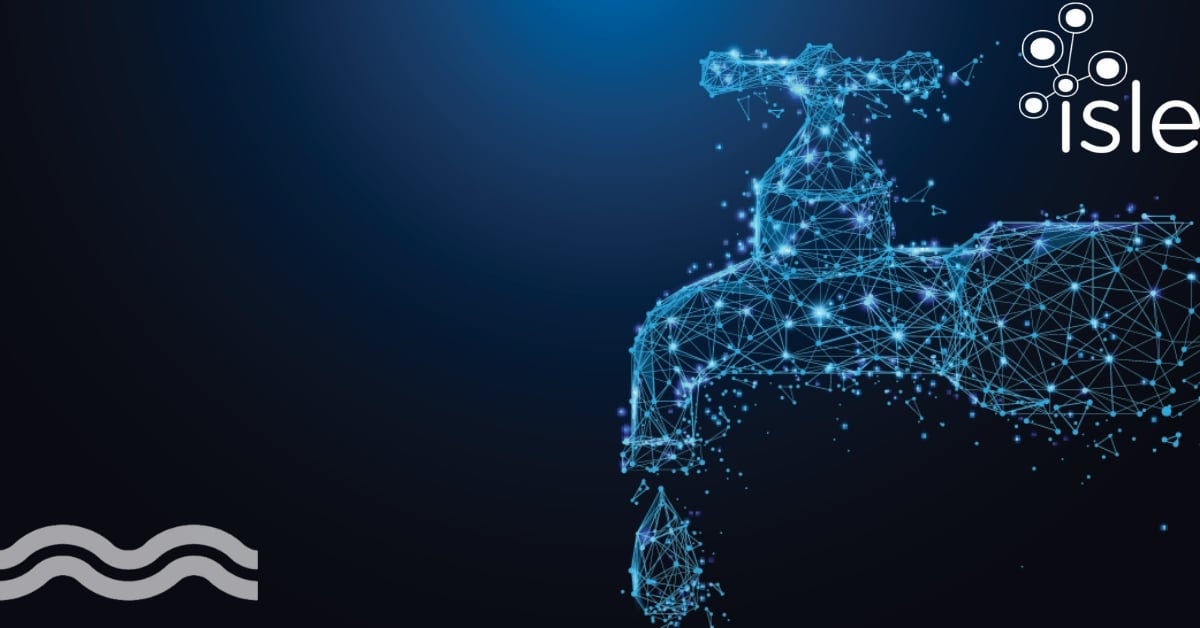Water footprint and reuse linked to financial agreements

Globally, governments are introducing increasingly high regulatory requirements for companies regards their water use and environmental impact. Many business are also introducing their own internal water usage frameworks. It is little surprise that financial institutions are now also taking water footprint into account when assessing companies for credits and loans.
Spanish bank offers better rates based on water indicators
Spanish bank, BBVA, for example, offers better loan rates for companies that can demonstrate improved water footprints. The sub-type loan takes into account certain water indicators when a company applies for credit.
According to the bank’s own figures, in the first quarter of the year, it channelled approximately roughly €700 million in funding into agribusiness, water and the circular economy. This was an increase of 258 per cent from the previous year. The bank actively advises customers on sustainable solutions, including water consumption, that can save its business customers money.
The first ‘water footprint’ agreement was signed between BBVA and Spanish-based global energy group Iberdrola. The total credit amounted to €2.5 billion and involved 24 financial institutions, with BBVA acting as the coordinator and agent bank.
Why link credit to water footprint?
The World Bank estimates that water scarcity could affect some countries GDP by as much as 11.5 percent by 2050. Usage of water has increased six-fold over the last century but there are a quarter of the world’s population live in areas of increasing high water stress and billions lack access to safely managed drinking water.
Recognising that industry plays its part in both water scarcity and quality issues, many countries and regions are bringing in tougher rules on water usage and treatment, advocating for reuse and improved energy efficiency among other restrictions.
Water footprint is now a top priority for big businesses, especially those that operate globally in sensitive water basins, where operations also affect local communities and eco-systems.
This makes the incentive-based loan appealing for companies trying to both improve their water footprint and to improve their reputation among local communities and customers.
What are the loan incentives for Iberdrola?
For each customer and sector the incentives are customisable; for Iberdrola, an energy provider, the loan price of its initial agreement was dependent on two water indicators on which the company must report annually. First, it has to commit to report on its annual consumption of water used in the generation of energy. This consumption is measured as the amount of water is taken from ‘within the organisation’s boundaries and not discharged back into the environment. The company is incentivised to reduce this amount by 50 percent by 2030.
Second, it was judged on its CDP Water score, based on the company’s disclosure, awareness and management of water risk.
Taskforce on Nature-Related Financial Disclosures
BBVA is committed in its business plan to innovation and sustainability. In 2017, it became the first Spanish bank to join the Taskforce on Nature-Related Financial Disclosures (TNFD) and continues to report annually on progress against a framework designed to help companies to measure and act on their impacts, risks and opportunities in relation to the natural world.
The TNFD produces guidance for different sectors, including the financial sector, to help companies report on their environmental footprint, but also biome guidance that includes information to help businesses assess their nature-related impacts.


